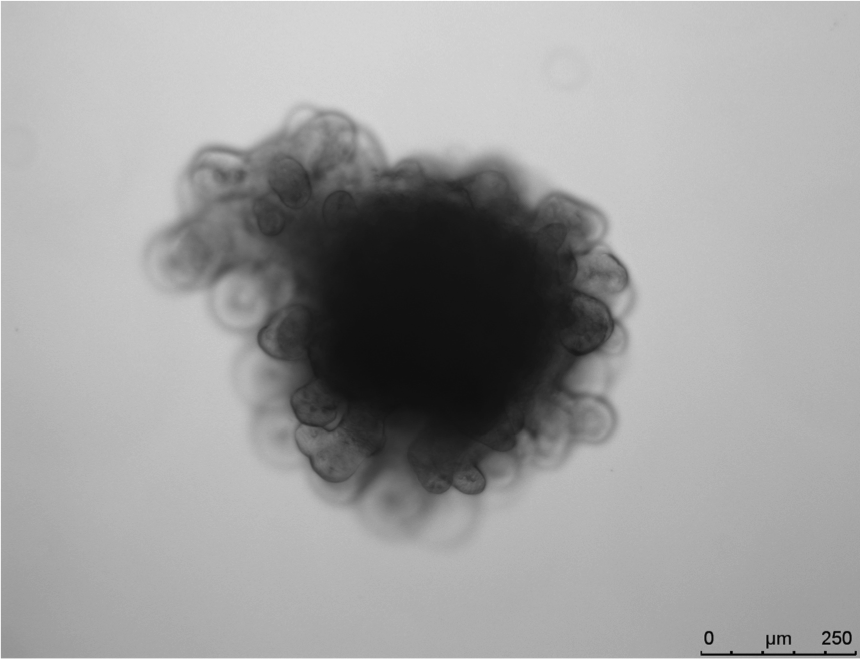Three million people in America have type I diabetes, an autoimmune disease that destroys the insulin-secreting cells of the pancreas and results in an inability to regulate blood sugar levels. While insulin injections and other pharmaceuticals help patients manage their diabetes, there is no definitive cure. Currently, the only cell-based therapy for diabetes is islet transplantation, which is limited by insufficient supply of donor tissue, the requirement for long-term immunosuppression and eventual recurrence of insulin dependence.
We aim to overcome the challenges of islet transplantation by developing methods to increase beta cell numbers. We approach this challenge with a three-pronged approach to understanding the basic biology of beta cells:



